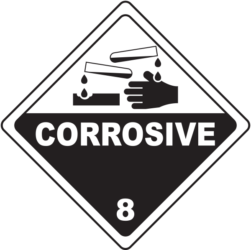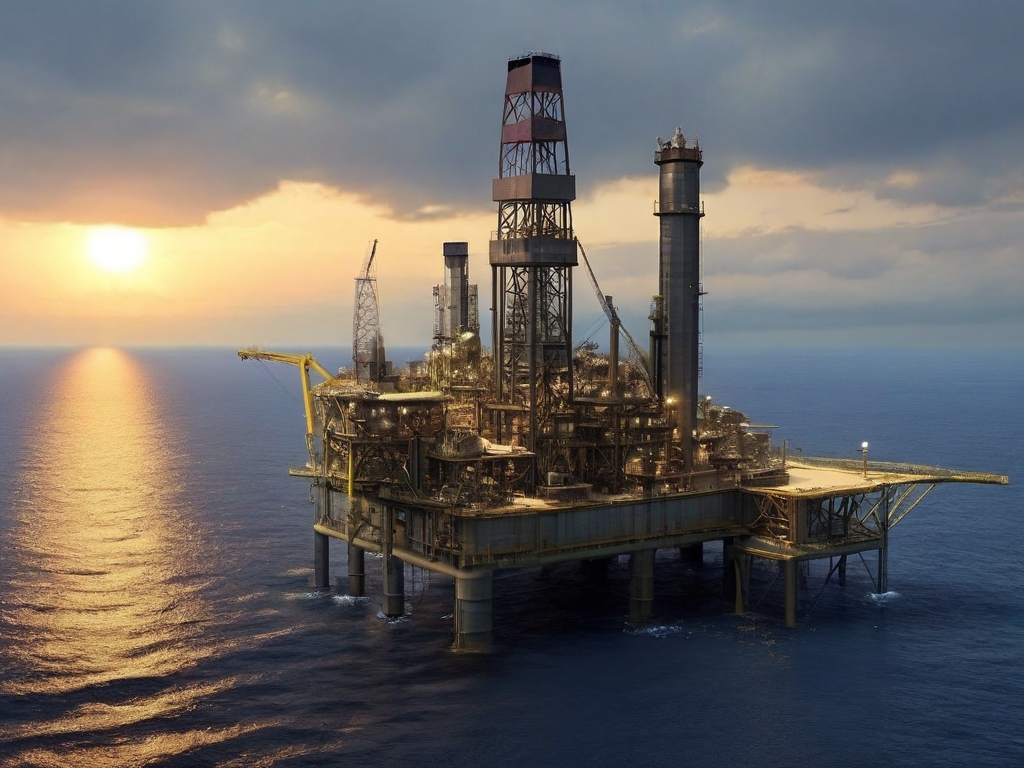When it comes to managing Class 1 hazardous areas, understanding the role of corrosion is crucial. This article, brought to you by the Intrinsically Safe Store, will delve into the importance of corrosion considerations in these high-risk environments. We invite you to explore our website for more insights and solutions for hazardous area operations.
Understanding Class 1 Hazardous Areas
Class 1 hazardous areas are defined as locations where flammable gases, vapors, or liquids are, or may be, present in the air in quantities sufficient to produce explosive or ignitable mixtures. These areas require special attention and equipment to ensure safety and efficiency.
The Role of Corrosion in Hazardous Areas
Corrosion, the natural process that converts a refined metal into a more chemically stable form, can pose significant risks in Class 1 hazardous areas. It can lead to equipment failure, leaks, and even explosions if not properly managed.
Impacts of Corrosion
Equipment Failure: Corrosion can weaken structures and components, leading to premature equipment failure.
Leaks: Corrosion-induced damage can result in leaks, posing a significant risk in areas where flammable substances are present.
Explosions: In the worst-case scenario, corrosion can lead to explosions if flammable substances come into contact with a source of ignition.
Corrosion Prevention Strategies

Given the potential risks, it’s essential to implement effective corrosion prevention strategies in Class 1 hazardous areas. These can include material selection, protective coatings, and regular inspections.
Material Selection
Choosing materials that are resistant to corrosion can significantly reduce the risk. Stainless steel, for example, is often used in hazardous areas due to its excellent corrosion resistance.
Protective Coatings
Applying protective coatings to equipment can also help prevent corrosion. These coatings act as a barrier, protecting the metal underneath from corrosive substances.
Regular Inspections
Regular inspections are crucial for early detection of corrosion. This allows for timely repairs or replacements, preventing further damage and potential accidents.
Case Study: Corrosion in the Oil and Gas Industry
A study by NACE International estimated that corrosion costs the global oil and gas industry $2.5 trillion annually. This highlights the importance of effective corrosion management in hazardous areas.
Managing Corrosion Risks in Class 1 Hazardous Areas
Corrosion in Class 1 hazardous environments poses significant risks, including equipment failure, leaks, and explosions. However, with careful material selection, the use of protective coatings, and regular inspections, these risks can be effectively managed. As a leader in providing solutions for hazardous area operations, the Intrinsically Safe Store is here to help. Contact us today for more information on how we can assist with your corrosion management needs.


